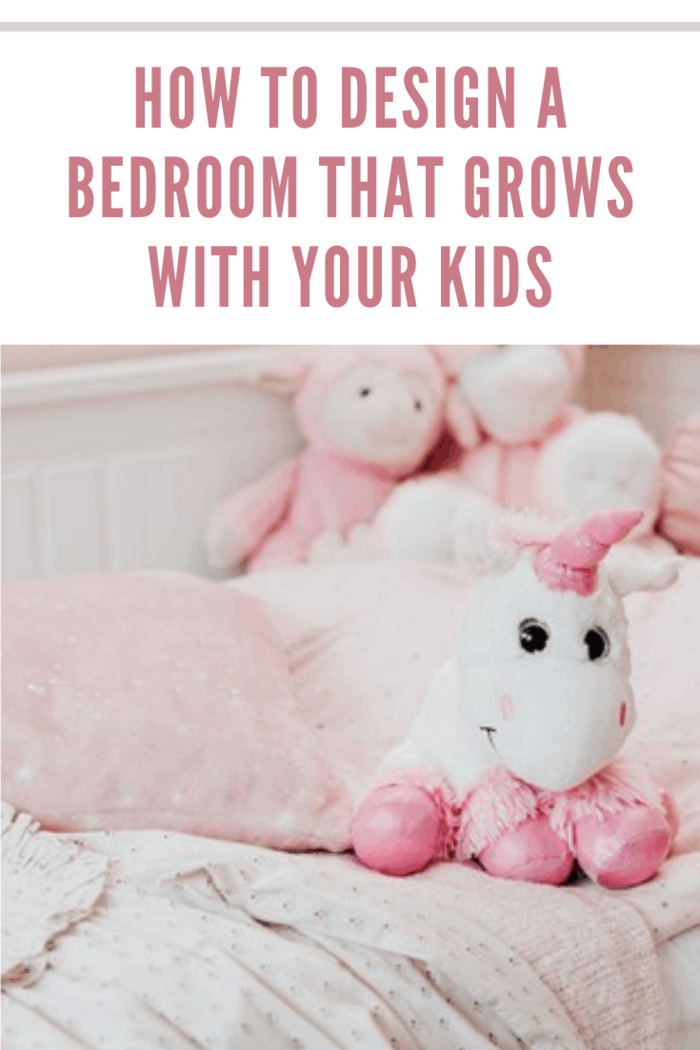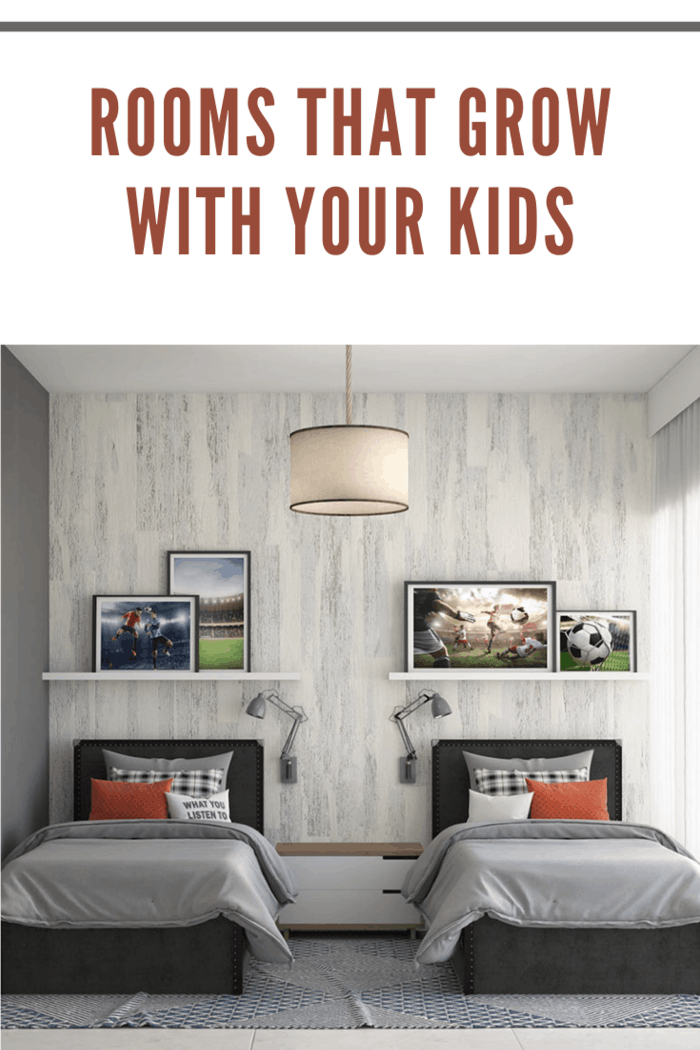Designing a child’s bedroom is fun and tricky at the same time. Fun because you unleash your creativity while incorporating your children’s preferences in the design (or have them join you in the planning and implementation); tricky because you have to consider the budget, sort through the different grand ideas, and — inevitably — consider the kids as they grow up.
With the way kids are growing up these days, how do you pick a flexible design that adapts to their changing interests? How can you design their bedroom in a way that you won’t approach “We Buy Houses Charlotte NC” sellers because you’ve given up on the design (that’s an exaggeration but it’s exactly what most parents feel!)?
Here’s how.

Go for Multifunctional Furniture
Double-duty furniture is important, especially if you’re transforming a room from space for an infant to a room for a child. When shopping for furniture, think outside the changing table idea. Instead, buy a dresser or a desk with a padded changing mat to double as a changing table. When your child is ready to use it as a space to do their homework, you can instantly change the table.
When shopping for a bed, go for beds with built-in storage underneath. You can use the space for their endless supply of toys and still maintain the bedroom’s aesthetic.
Decorate Their Room with Their Art
If you see that your kid’s aesthetic preferences clashes with yours, hang up their art in their room. After all, this is their space. Create a gallery wall — either in a grid pattern or a haphazard arrangement — with matching frames so that their art will look meticulously curated.
Add Personality with Accessories
Like any room, your children’s bedroom should not be devoid of any personality. They should be capable of expressing who they are in their room. Just make sure to add touches of their personality with accessories you can easily change when their interests change. Buy items like photo frames, throw pillows, and rugs so you can swap them out on a semi-regular basis.

Keep Expensive Design Elements Neutral
Like any design project, designing your child’s bedroom comes with areas that you want to stand the test of time — paint colors, floor coverings, and furniture pieces. Instead of using these items as statement pieces — such as the paintings of the baby’s room; should you go blue or pink? — choose items that have a staying power. Also, go for paint colors that are inviting and warm. Classic finishes for your floor coverings and furniture are also universal.
When you focus on neutrality, consider the price, too. If the item you want to add to your child’s room costs too much, make sure that it won’t go out of style soon. If you want to incorporate trendy décor, go for items that you won’t replace when they feel outdated so you can practice low-waste parenting.

Create a Workspace
Set up the kids for success by making sure their room has enough space for a desk and other “workplace” essentials. If two or more of your children share the same room, create separate study places for them. If you’re after a multi-purpose set-up, place one desk in the corner and install a floating desk between the two beds. The desk can also serve as a nightstand.
Invest in Timeless Furniture
When you have a toddler or a small child, it’s easy to shop for beautiful nursery items. The cuteness of these statement pieces, however, will outlast their function. Once your kid becomes a few years older, they won’t like the furniture and you’ll find yourself shopping again.
Instead of buying “cutesy” furniture, go for timeless furniture. For instance, avoid buying kid-sized bureau; go for a closet that can fit their bigger clothes. If you have more space, buy a double bed over a single to accommodate future siblings or any visiting guests.
Involve Your Child
Your child’s bedroom is their space, so it’s important that they feel at home in their room. So when designing the bedroom, get ready to compromise.
When you involve your child, remind them that, while their rooms are their personal bubbles, they are still part of your home as a whole. Clarify on areas that are non-negotiable and open for discussion. But consider how your child feels about their space, too.
The Bottom Line
When it comes to your children, nothing is permanent. Everything changes — their food, styles, colors, and their rooms. Design their bedroom with a change in mind and respect their unique personality while you’re at it.
